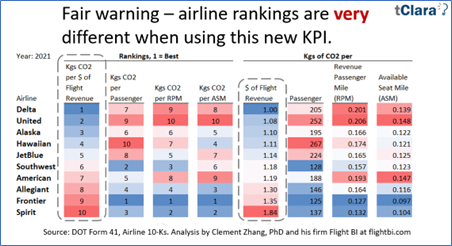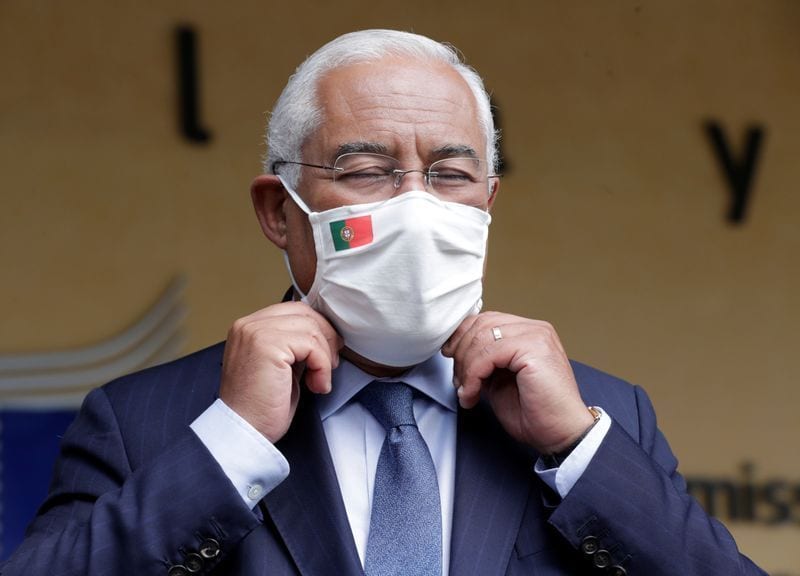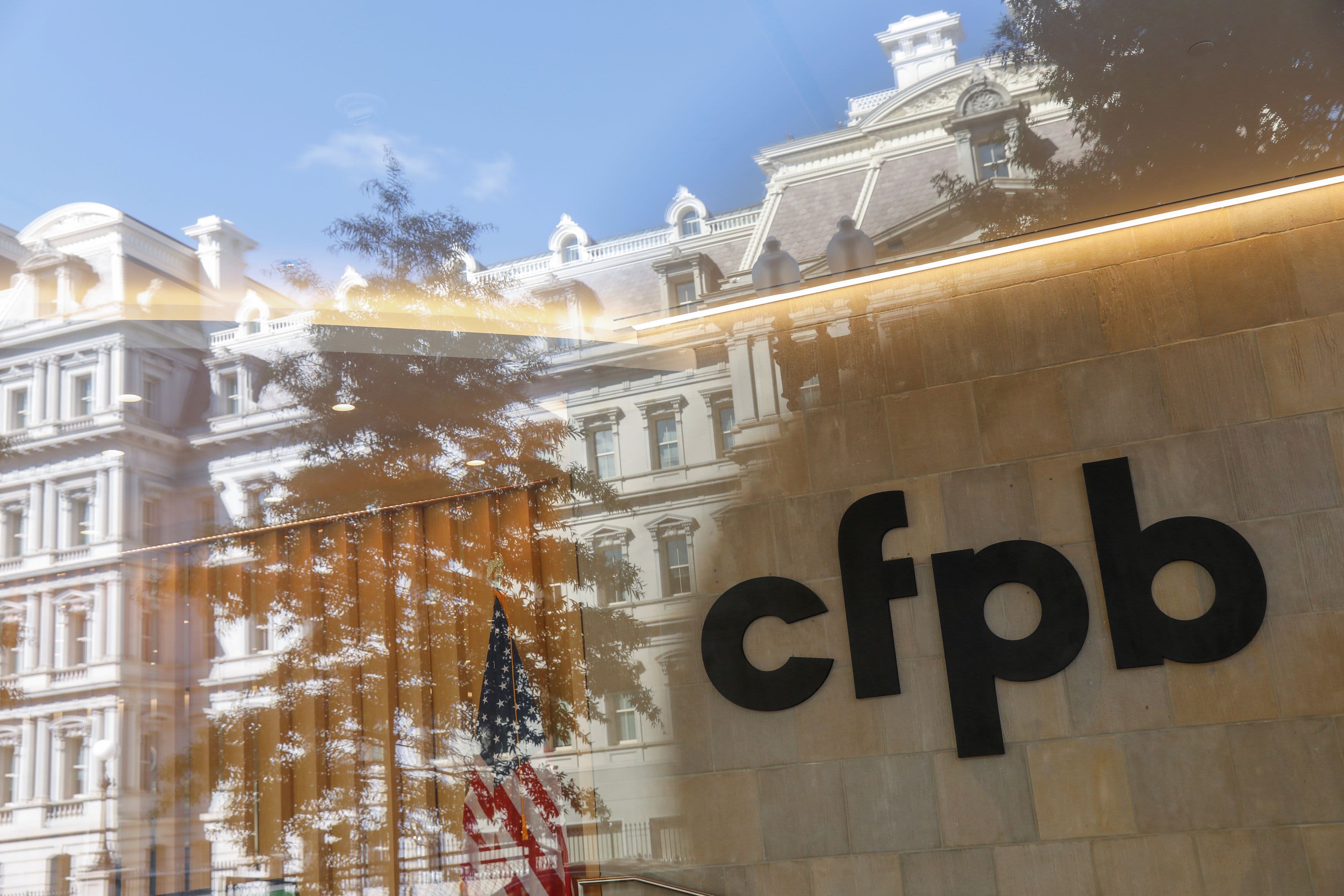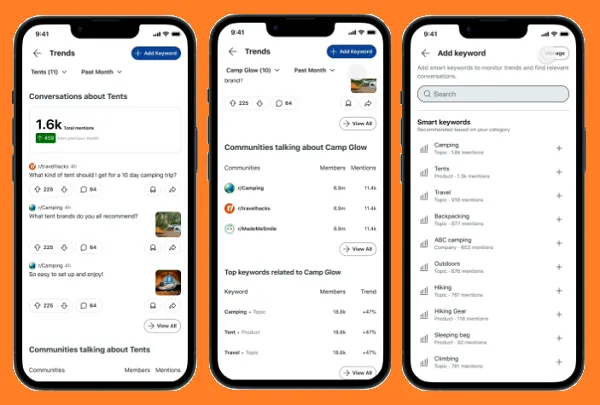We Need a Better CO2 Metric. Here It Is.
Travel procurement provocateur Scott Gillespie doubles down on demand management, with a KPI he believes will deliver better and greener travel for corporates.

 tClara founder Scott Gillespie introduces a new KPI for airline environmental performance
tClara founder Scott Gillespie introduces a new KPI for airline environmental performance Airlines are routinely reporting their fuel consumption. Good. Airline CO2 emission models are improving and becoming more accessible. Good. Companies are estimating their travel-related carbon emissions. Good.
Buyers are using the wrong KPIs to judge airlines on CO2 emissions. Not good. Travelers are using the wrong metric to choose the least-harmful flight itinerary. Not good.
There is no question that measuring the absolute quantity, e.g., 2,000 metric tons, of travel-CO2 emissions is necessary. This absolute measure is vital, as it reports what must be reduced to protect the climate.
The Relative Problem
The problem is with relative metrics, those designed to compare CO2 emissions from one airline or travel program to another’s. Examples of current relative metrics are CO2 per passenger or CO2 per mile flown. These current metrics seem well-suited for the task of comparing airlines, benchmarking travel programs and judging the climate impact of the various flight options in a city pair.
It seems obvious that a smaller number, e.g., 200 kilograms CO2 per passenger, is better than a larger number. If that were true (it’s not) then we should support anything that helps drive down this relative key performance indicator. Let’s think harder about that.
Consider The Consequences
How can an airline make its CO2 per passenger or mile flown metric smaller? One way is to place more economy seats in its aircraft. The more seats, the bigger the denominator and the smaller the metric’s value. How does an airline fill those extra seats? By reducing its fares which increases the demand for travel. The higher the demand, the more people flown, the more fuel burned.
Note there is no need for this airline to improve its fuel efficiency or reduce its CO2 emissions. This airline will get good marks on the per-passenger KPI purely as a result of its low fare, dense seating business model. Worse, the low fares leave the airline little margin to invest in sustainable aviation technology.
Corporate travel programs using the current CO2 per passenger or mile KPI risk steering their travelers to airlines with a low-cost business model. Travelers looking at the CO2 per passenger metric in a shopping tool will think the low fare, high density carrier is the best choice, climate-wise.
But low-priced tickets mean more trips taken from the corporate travel budget. Low trip costs make it easier to approve travel for low-value meetings. The result is more low-value travel, not less, and less profit margin for airlines.
Are those the outcomes we want from a climate perspective?
What’s The Goal?
Achieving any significant climate goal requires aligning actions by airlines, companies and their travelers. The critical question is to which goal are we aligning?
Reducing the quantity of airline CO2 emissions is a very different goal from improving the airline industry’s CO2 efficiency. The reduction goal reduces the airline industry’s impact on the climate, full stop. The CO2 efficiency goal can be achieved while increasing an airline’s absolute emissions.
These are starkly different goals. One reduces airline emissions. The other lets them grow so long as they grow at a slower pace than the growth in passengers or miles flown. These goals are not compatible. Which one should we choose?
Reducing Emissions Is Best
The only way to significantly reduce airline CO2 in the short term is to travel less. This should be the north star for every environmentally responsible travel program. The questions are how to achieve this goal and how to judge one’s progress.
One option is to slash the travel budget. This will reduce travel, but it harms the airline industry’s ability to fund investments in sustainable aviation.
Another option is to make flights more expensive by adding a substantial carbon tax to each flight. This will reduce demand for low-value travel (good) and help airlines fund their sustainable aviation efforts (good). But it does nothing to make the trip better, nor does it provide a better KPI for making climate-aligned travel decisions.
Decarbonize the Spend
The key is to decarbonize our spend on air travel. The KPI to track this is CO2 per dollar of airfare. For example, a ticket with 500 kilograms of CO2 and a price of $500 has 1.00 kgs CO2 per dollar of airfare. This “CO2 per $” KPI creates a powerful alignment of actions and consequences for all parties striving to reduce airline emissions.
Airlines can reduce this KPI by decarbonizing their flight operations and – this is important – by raising prices. Higher airfares will shrink the KPI’s value while reducing demand for travel. Higher airfares will make it harder to justify low-value trips and will chew up travel budgets faster, so fewer low-value trips will be taken. Airlines will have more profit margin, not less for investing in sustainable aviation technology.
How do travelers benefit from making this KPI smaller? By displaying this metric in the booking tool, the traveler can be guided to purchase a more expensive but less-carbonized ticket. The higher-priced fare may qualify the traveler for better service by the airline should there be any disruption. These higher fares will more quickly earn the frequent traveler higher status and better privileges.
Companies committed to a “less travel, better results” travel strategy can offer first and business class seating to their travelers, subject to finding fares that have an acceptable combination of low carbon and justifiable price. Think “lowest carbonized airfare” as a new travel policy plank.
What Really Matters
This new KPI reveals each airline’s progress at decarbonizing their flight revenues, an important factor for today’s procurement teams. A recent analysis of US airline data by Flight BI shows that Delta had the lowest amount of CO2 per dollar of flight revenue. Yet Delta ranked near the worst when using the CO2 per passenger and per mile flown metrics. Procurement teams need to choose their metrics wisely.

The idea of willingly paying higher prices for airfares will not sit well with managers stuck in a cost-first travel strategy. They should their ask senior management if low prices still take priority over reducing travel emissions. For many companies the answer is no, that the higher priorities are fewer but more successful trips taken by healthy, productive and willing travelers. See tClara’s white paper “How We Meet Matters” for evidence supporting this claim.
Low fares and more low-value trips are not compatible with sustainable corporate travel. It’s time to embrace the strategic benefits of taking fewer trips at higher prices with less carbon. This new KPI reveals how committed we are to these actions. Adopt it now.

 FrankLin
FrankLin 
































